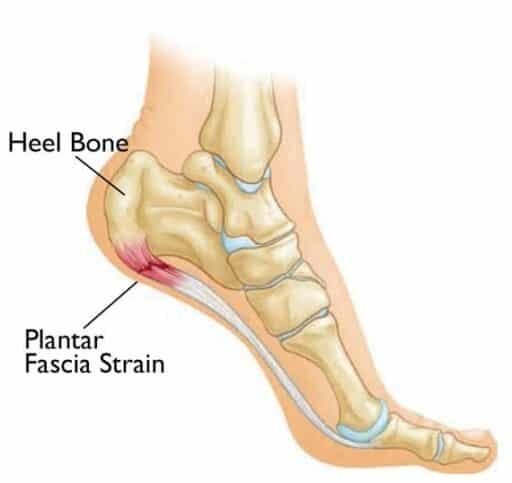
Stretch – Yoga – standing chest, shoulder, neck stretch sequence
Click the link below for a standing chest, shoulder and neck stretch sequence Chest shoulder neck standing stretch For more…
16/04/2018

Click the link below for a standing chest, shoulder and neck stretch sequence
Chest shoulder neck standing stretch
For more instructions see the video on the link below
Chest shoulder neck stretch video
“You will be hard pressed to find ANYONE in the gym without significant muscle imbalances in their body” Paul Chek – Intelligent Stretching
“If you have shortened connective tissues, prolonged static stretching is more effective” Paul Chek – Intelligent stretching
Prolonged static stretching is undeniably productive and Elizabeth Quinn agrees – “Studies do support that range of motion can be increased by a single fifteen to thirty second stretch for each muscle group per day” – “it’s important to remember that the goal of stretching is to develop and maintain an appropriate range of motion around specific joints. It’s also important to realize that stretching (or releasing) tight muscles should go hand in hand with strengthening the weak muscles.” Master Paul Chek uses stretching to improve muscle balance and therefore many other things including pain reduction and performance and my own personal experience with clients has been that I have saved many from proposed surgery by utilising stretching techniques. There is no debate in my mind – this kind of stretching works and this is how it can be done properly.
FOCUS ON TIGHT SPOTS
“If your piano or guitar were out of tune, would you stretch all the strings? If your bicycle has a wheel that was out of round, would you loosen all the spokes? Not if you knew what you were doing!” Paul Chek – Intelligent Stretching.
Similarly you don’t need to focus your stretching time and efforts on muscles that feel fine and don’t need stretching. Focus your stretching time and effort on the muscles you know are short, tight and painful. A general yoga routine can be a great way to recognise these areas and a good sports coach or personal trainer should also be able to help you recognise these areas. An easy way to notice short tight muscles is if you have one side tighter than the other. In Paul Chek’s book “How to Eat, Move and be Healthy” he has great series of stretching tests to help you find your kinks.
ALWAYS WARM-UP
Some simple light cardio, walking, swimming or a sauna or warm shower can be sufficient warm up prior to stretching but whatever it is – it is very helpful to make sure you do this until you produce a light sweat. Warming up will decrease your chance on injury and increase the benefits you will gain from your stretch session.
HELP WITH BREATHING
A great yoga technique is to use your breathing to help you relax into your stretches. In yoga it is proposed to use your breath to help your movement. Inhaling can help spinal extension or lengthening and exhaling can help forward bending or flexing, twisting and side bending. As you do your stretches try to incorporate your breathing to help you relax deeper into your stretches
CONTRACT AND RELAX
The contract relax method of stretching is also a good way to stretch for warm up however I have found you can also use it help you get deeper into your static stretches. Basically it
involves contracting the main muscle being stretched for approximately 5 seconds and then immediately relaxing into a deeper stretch straight after you release the contraction. You will find you can also use your breathing to facilitate this process. Inhaling as you contract and exhaling as you relax into the stretch.
HOLD FOR SIXTY SECONDS OR MORE
For warm up or general stretching shorter periods of stretching are fine however if you are stretching problem areas you will gain best benefit from stretches of sixty seconds or more. This allows time for you to get deeply into the stretch and near the end of your current range of motion and then hold the position for a good amount of time. In my experience it can take thirty to sixty seconds to get safely to the point where you feel a good stretch so it would be a shame to then let the stretch go when you have just arrived.
CHALLENGE YOURSELF BUT DONT STRAIN
Like a good yoga session it is important to approach stretching a challenge but not a workout. The best benefits are gained near the end of your current range of motion however if you push too far into pain you can cause your muscles to tighten rather than lengthen thus muscle your stretch counterproductive.
COMPLEMENT WITH STRENGTHENING
As discussed this type of stretching is best used to try and create optimal muscle balance in the body and around joints – therefore it is best accompanied with strengthening of the opposing muscles in the body. For example if you want to open up a forward tight shoulder you need to stretch the chest and shoulder muscle but also strengthen the upper back muscles. The diagram below shows here you would need to stretch the tight spots and strengthen the weak spots.
“If you simply apply general stretching methods (as is so common in the exercise industry today), the best you can expect is to have a looser, yet still out-of-balance client!” Paul Chek
– Intelligent stretching.
baulkham hills, Bella vista, norwest, personal trainer, personal training, Stretches, Wellness, yoga

Plantar fasciitis is one of the most common foot conditions, causing pain and discomfort along the bottom of the foot,…
22/01/2025